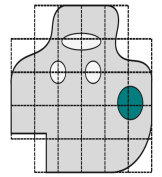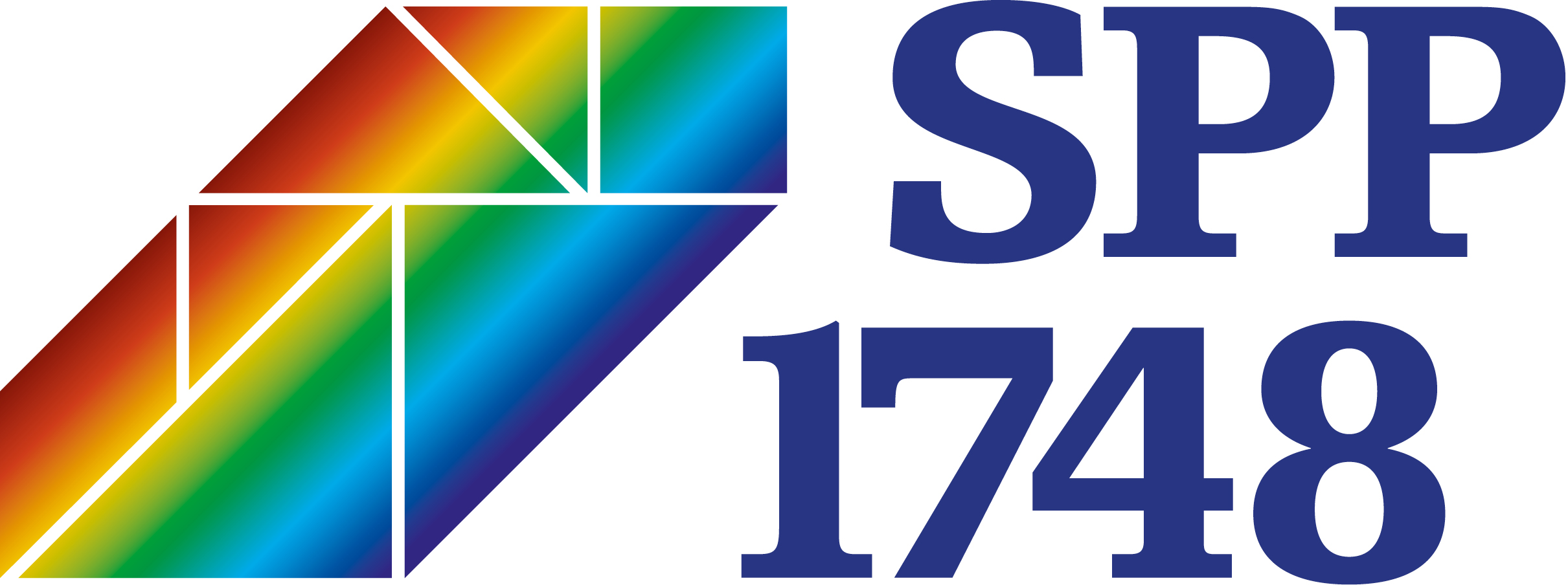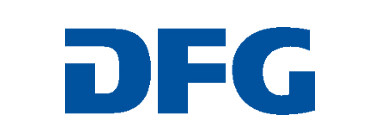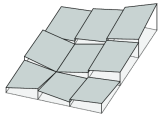Subproject
High-order immersed-boundary methods in solid mechanics for structures generated by additive processes
Prof. Dr.-Ing. habil. Alexander Düster (Hamburg)
Prof. Dr.rer.nat. Ernst Rank (München)
Dr.-Ing. Stefan Kollmannsberger(München)
Prof. Andreas Schröder(Salzburg)
Ali Özcan (München)
Paolo Di Stolfo (Salzburg)
Simeon Hubrich (Hamburg)

Abstract
In the past few years additive manufacturing (also named 3D-printing) has evolved to one of the most promising techniques for creating solid structures of virtually any shape on the basis of digital models. 3D-printing is achieved by successively generating layers of material of different shapes, often also of varying material properties. Applications for additive manufacturing range across virtually all fields in mechanical engineering, from non load bearing architectural models for mere visualization of designs to parts under severe loads as in the lightweight components for the automobile or aircraft industry. Additive manufacturing poses many questions to a numerical simulation of the process itself and the products obtained. In our project we intend to further develop the Finite Cell Method (FCM), a high-order immersed boundary approach, to tackle a significant part of these problems. An in-depth mathematical analysis will shed more light on the structure of this newly developed method and help in improving the concepts especially with respect to error-controlled adaptivity. The results which we expect to obtain will be applicable to many other problems where the geometry of a structure changes, where strongly varying material properties have to be taken into account and where the complexity of the geometry of a structure is a challenge in itself.



